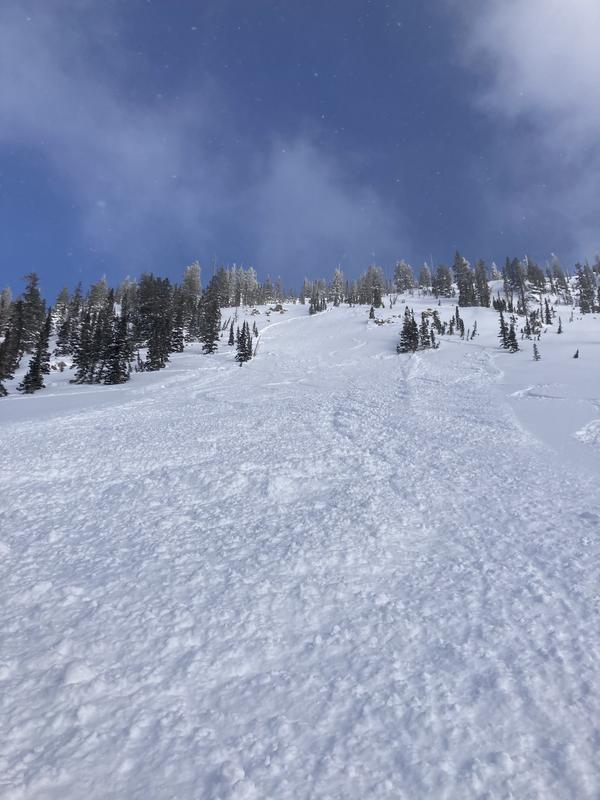To help you safely enjoy the backcountry, the UAC team is constantly evaluating and implementing new programs and technologies.
Donate to the Spring Campaign to help our team implement innovative tools and better provide you with the information you rely on.
Under mostly cloudy skies, the mountain temperatures remain cold, with many stations in the single digits and some just climbing into the low to mid-teens °F. Winds now blow from the southwest and picked up in the last few hours, blowing 15-20 mph and gusting into the low 30s across many of the upper elevation ridglines. In the past 24 hrs, we picked up another 3-7 inches of new snow, with plenty more on the way.
This morning, the National Weather Service issued a Winter Weather Advisory from 11:00 am this morning to 11:00 am Sunday. As the storm approaches this morning, we will remain under a southwest flow, and it will strengthen throughout the day with southerly winds peaking around 11:00 am at speeds of 15-25 mph, gusting to 45 mph. Snow will develop by mid-morning, favoring locations that do well on a southerly flow. We can expect roughly 2-5 inches of new snow by the dinner hour. Overnight the cold front comes through and will then favor the Upper Cottonwoods. All said and done. We could see 1-2 feet (0.75-1.25" water) of new snow by tomorrow morning.
Yesterday was a relatively quiet day in terms of observations or avalanches reported. We did get one reported
avalanche on Mt. Millicent on the northwest side at 10,000' (photo below). The avalanche was skier triggered and failed within the new snow 10 inches deep and 70 feet wide. The skier was not caught or carried. Be sure to catch up on all recent observations
HERE.











